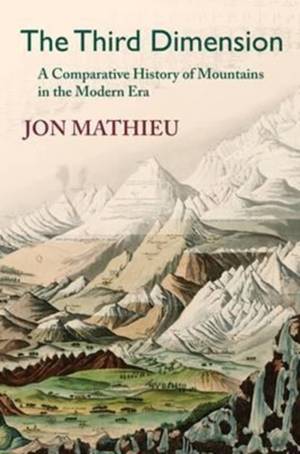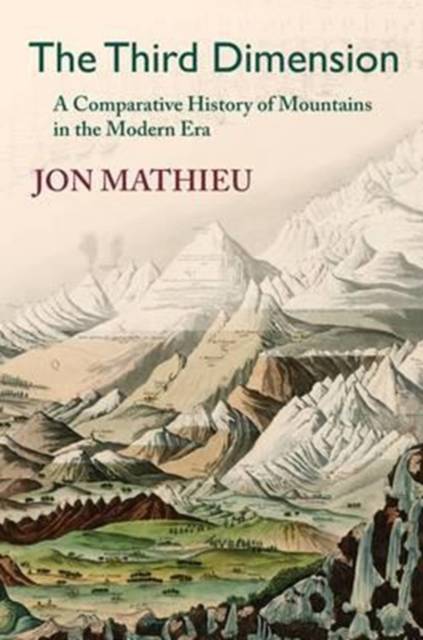
- Afhalen na 1 uur in een winkel met voorraad
- Gratis thuislevering in België vanaf € 30
- Ruim aanbod met 7 miljoen producten
- Afhalen na 1 uur in een winkel met voorraad
- Gratis thuislevering in België vanaf € 30
- Ruim aanbod met 7 miljoen producten
Zoeken
The Third Dimension
A Comparative History of Mountains in the Modern Era
Jon Mathieu
Paperback | Engels
€ 61,45
+ 122 punten
Omschrijving
A pioneering examination of the three-dimensionality of the earth from the perspective of history and the humanities. This book considers the variegated world of mountains and their development during the last 500 years. It takes as its starting point the United Nations environmental conference of 1992 in Rio de Janeiro, where the mountains were officially recognised as a topic of the world community. Important precedents for this new agenda were built in the early modern period and in the nineteenth century, as European societies began to exceed their traditional limitations. The book begins with an investigation of this long-term process with respect to science, culture and politics, each of which has transformed our attitudes toward mountainous regions. It then takes up historical problems that have been debated in the latest research, placing them in a comparative framework. At the book's heart stands the question of whether and in what way the 'three-dimensional history' of mountain people may reveal distinctive forms of development.
Specificaties
Betrokkenen
- Auteur(s):
- Vertaler(s):
- Uitgeverij:
Inhoud
- Aantal bladzijden:
- 224
- Taal:
- Engels
Eigenschappen
- Productcode (EAN):
- 9781874267782
- Verschijningsdatum:
- 16/09/2013
- Uitvoering:
- Paperback
- Formaat:
- Trade paperback (VS)
- Afmetingen:
- 152 mm x 229 mm
- Gewicht:
- 303 g

Alleen bij Standaard Boekhandel
+ 122 punten op je klantenkaart van Standaard Boekhandel
Beoordelingen
We publiceren alleen reviews die voldoen aan de voorwaarden voor reviews. Bekijk onze voorwaarden voor reviews.











